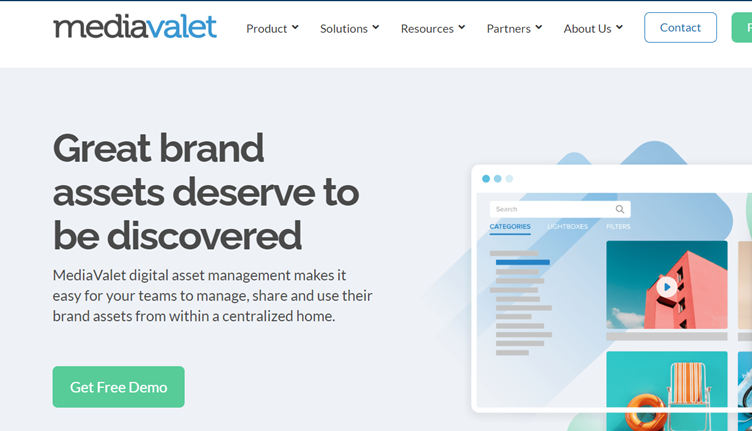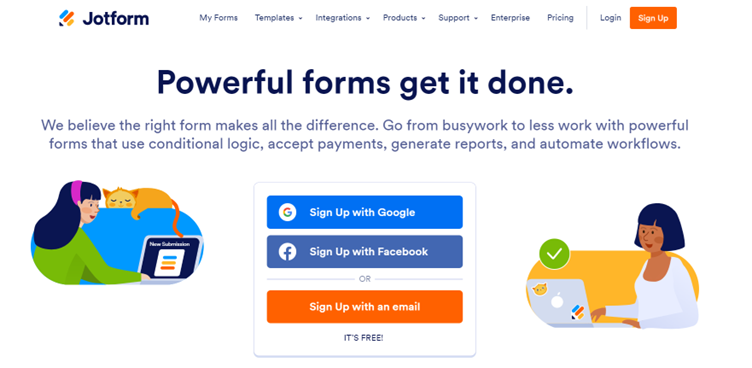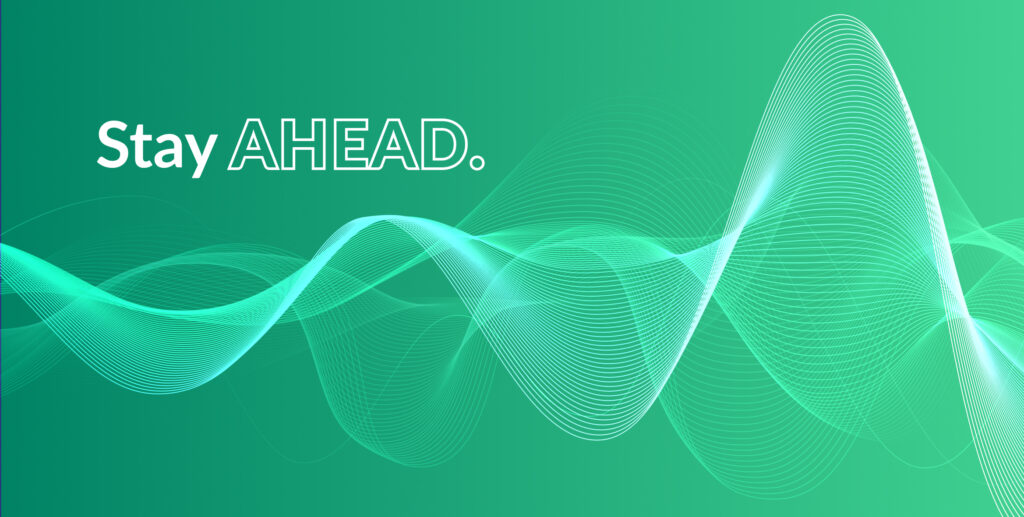Getting the right combination of facts and emotions, convincing the reader to take action with just a few words, and knowing your audience to the core…. B2B copywriting is hard.
While the average conversion rate for landing pages is around 3%, it drops to 2.23% when it comes to B2B landing pages. Because this type of writing targets business owners and managers looking to improve their business in some way, it isn’t enough to simply understand your audience. This knowledge is wasted if you don’t put it back to your customer and demonstrate it to them. As well as the audience, your copy also needs to be adapted to each asset. The same message to the same person could land very differently depending on what channel you’re using to communicate it.
So… landing pages.

They are often the first chance that you have at capturing your customer’s interest, and they have one goal: traffic conversion – whether it means a purchase, downloading a report, or making an enquiry. Landing pages are focused on one CTA, so these pages have limited navigation, to remove any unnecessary stimulus, and keep the customer’s attention on the goal. With 80% of a mobile visitor’s attention being spent at the top of the page, your job when writing copy for B2B landing pages is to convince the customer to take action in a concise, clear, and direct way.
There are many ways to achieve this, and we have put together a quick checklist of the main common denominators when it comes to killer B2B copy:
- They paint an ideal scenario with your product or service e.g. “Reach new customers with targeted ads.”
- They focus on the offer, not the company – making it about what it’s in for the customer, not how great they are
- They are specific to the audience
- They include one clear call to action (CTA)
- They use active voice
- They provide proof: Social proof, FOMO, testimonials, reviews, awards etc.
- They use power words that trigger an emotional response (either positive or negative), so they should be used with caution. Some examples of power words are:
- Boost
- Brutal
- Fed up
- Bold
- Painless
- Genius
- Sneak Peak
- Hack
- Luxurious
And when getting down to it, it helps to keep a few examples, tips and tricks up your sleeve. Whether you’re looking for inspiration, B2B writing techniques, or just a few quick tips, here are 5 examples of landing pages with supreme B2B copywriting.
1. Mailchimp
Mailchimp does it right; the copy tells you exactly what you can expect out of the product, in a concise way, and with a clear CTA.

- They paint an ideal scenario with their product or service with “turn emails into revenue”
- They focus on what it’s in for the customer (“revenue”)
- They are specific to their audience – they know their need for metric improvement and explain how they meet them with the line that it “recommends ways to get more opens, clicks and sales”
- They include one clear CTA
- They use active voice
- They provide proof: “The #1 email marketing and automation brand*”
- They use the power word “win”
Best practice to take away: B2B copywriting should be simple and clearly state what the product is
2. Canva
Canva’s landing page hits the nail on the head in just 3 sentences: It’s inspiring, it’s concise, and it’s persuasive.

- They paint an ideal scenario with their product by implying that the reader will design something today
- They focus on what it’s in for the customer, which is easy graphic design tools
- They are specific to their audience – they know creating, sharing, and printing designs is a customer pain point, and they promise to simplify the process
- They include one clear CTA
- They use active voice
- They don’t provide proof. Instead, they reassure the reader through a simple and practical message
- They use the power words “easy” and “free”
Best practice to take away: Rhetorical questions are a great persuasion, inspiration and motivation technique
3. Shopify
Shopify’s page couldn’t be simpler, which is in line with its brand that promises an easy selling experience for online businesses.

- They paint an ideal scenario with their product or service with “impress your customers with a beautiful store”
- They focus on what it’s in for the customer (“everything you need to sell online”)
- They are specific to their audience – they know their pain points and position the platform as a solution by stating “selling online with your own eCommerce website has never been easier, faster or more scalable”
- They include one clear CTA
- They use active voice
- They provide proof by offering a free trial
- They use the power words “easier”, “faster”, and “beautiful”
Best practice to take away: Balance facts and emotions, e.g. keep your message inspiring with words like “impress” or “beautiful”, but back it up with goal-oriented terms such as “scalable”
4. Mediavalet
Mediavalet’s big, bold statement is bound to grab the reader’s attention, even more so for those struggling with asset visibility. The subheading provides the proof to back up the statement, and the CTA cannot be missed.

- They paint an ideal scenario with their product or service by implying they give brand assets the visibility they “deserve”
- They focus on what it’s in for the customer (easily managing and sharing brand assets)
- They are specific to their audience – they address their lack of visibility pain point, whilst promising a simplified solution for their marketing assets management
- They include one clear CTA
- They use active voice
- They provide proof through a free demo
- They use the power words “discovered” and “easy”
Best practice to take away: Bold statements that tap into the emotions of the reader work great if done right (in the above case, the emotion is the injustice felt from not having the desired visibility on brand assets)
5. Jotform
Jotform’s hero copy is made up of a bold statement that is targeting a specific audience persona. Through concise sentences, it entices users to sign up in a clear and natural way.

- They paint an ideal scenario with their product or service through the line “go from busywork to less work with powerful forms”
- They focus on what it’s in for the customer, including the specifics (“accept payments, generate reports, and automate workflows”)
- They are specific to their audience – they know their pain point (admin tasks needing to “get done”), and their hero copy is directly addressing it by telling them that they will do it for them
- They include one clear CTA
- They use active voice
- They don’t provide proof. Instead, they reassure the reader through a simple, yet highly specific, message
- They use the power words “IT’S FREE” to further entice the user to sign up
Best practice to take away: Use easy but impactful words to communicate the pain point, value, and basic features of your product or service
To sum up
Whatever B2B brand you are writing for, remember to keep the user at the centre. Creating customer personas can help visualise your reader and their needs, in order to create targeted B2B copy. Use personas along with other techniques like active voice, power words or social proof to strengthen your writing, and above all, remember to keep it simple.
If you’re looking for help writing brilliant B2B landing page copy (and most other types of B2B copywriting), get in touch with us at hello@isolinecomms.com, and together we will take your business’ copy to the next level.



